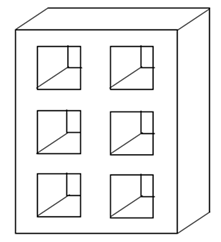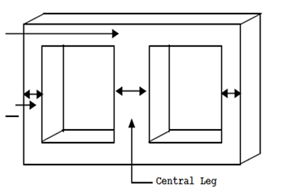
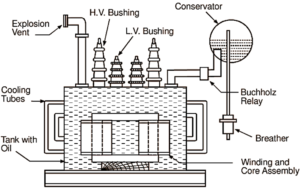
Harmonics in the transformer
Considering voltage when designing a transformer
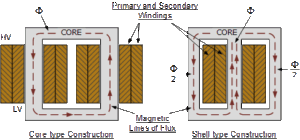
When designing transformers, voltage considerations are crucial to ensure efficient and safe operation. Stress aspects include various aspects that need to be carefully analyzed and optimized during the design process. Here are some important factors to consider:
rated voltage
Voltage determination is fundamental to transformer design. This involves selecting the appropriate voltage level at which the transformer will operate under normal conditions. This selection is based on application-specific requirements, such as the voltage levels of the electrical network to which it will be connected.
Voltage regulation
Transformers regulate voltage levels within a desired range. Voltage regulation refers to the ability of a transformer to maintain a constant output voltage despite fluctuations in input voltage or load conditions. Designers must consider allowable voltage drop, load fluctuations, and transformer winding configuration to achieve optimal voltage regulation.
Insulation systems
Insulation plays a crucial role in preventing power outages and ensuring the safe operation of transformers. Stress considerations are critical in selecting appropriate insulation materials and developing insulation systems that can withstand voltage loads during normal processes and transient conditions.
Dielectric strength
Dielectric strength refers to the ability of insulating materials to withstand high voltages without failing. Designers must carefully consider the dielectric strength of insulating materials and ensure they exceed expected operating voltages to avoid electrical failures or hazards.
Clearance and escape distances
In high voltage applications, the design of transformers must take into account appropriate clearances and creepage distances. Allowances refer to the minimum distance between conductive parts, while creepage distances refer to the shortest path along the surface of insulating materials. These considerations are important to avoid electrical arcs or unwanted electrical discharges.
Overvoltage protection
Transformers are susceptible to surges, such as those caused by lightning or switching surges. To protect the transformer from damage and ensure reliable operation, appropriate surge protection measures must be taken. This may include the use of lightning arresters, protective circuits or other surge suppression techniques.
Core Type Transformer
Single Phase Core Transformer
A single-phase core transformer is a common design in which the primary and secondary windings are wound around a laminated iron core. This configuration provides efficient magnetic coupling and is used in industrial, residential and commercial applications for voltage conversion and power distribution.
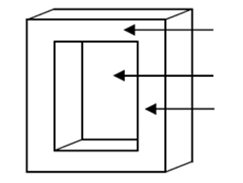
3-Leg Three-Phase Core Transformer
The three-phase 3-leg core transformer features three separate magnetic circuits, each with a leg or leg, enabling efficient and balanced power transfer in three-phase systems. This design provides better magnetic coupling and lower losses and is commonly used in high-performance applications such as electrical grids, industrial plants and large commercial facilities.
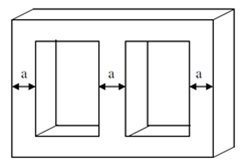
5-Leg Three-Phase Core Transformer
The 5-leg core three-phase transformer is characterized by its five legs or magnetic legs, which provide longer magnetic path length and lower magnetic leakage flux. This design provides greater efficiency and better voltage regulation. It is widely used in high-voltage transmission and distribution systems, as well as in industrial and utility applications that require robust and reliable power conversion.
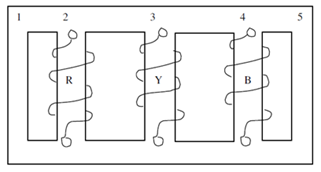
Shell transformer
Single Phase Shell Transformer
The single-phase transformer has two separate coils arranged concentrically around a central iron core. This ensures excellent magnetic coupling and minimizes magnetic leakage. This design offers compact size and efficient performance and is widely used in low to medium power applications such as: B. in power distribution in residential areas, in household appliances and smaller industrial systems.
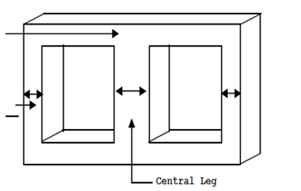
Three-phase shell transformer
The three-phase shell transformer consists of three separate single-phase transformers arranged in a shell-like structure, enabling efficient and balanced power transmission in three-phase systems. This design offers enhanced magnetic coupling and compact size. It is commonly used in medium to high performance applications such as: B. in industrial power distribution, in large commercial buildings and in substations.
Conclusion
In summary, a deeper dive into the complex world of transformer design and construction reveals their central role in modern energy systems. The careful interaction of core materials, windings and insulation techniques ensures optimum performance and efficiency. As we strive for more sustainable and energy-efficient solutions, continued research and innovation in transformer design is critical. From power distribution to renewable energy integration, transformers continue to be the backbone of electrical infrastructure. The use of new technologies and materials will open up new possibilities and lead us to a greener and more electrifying future.


